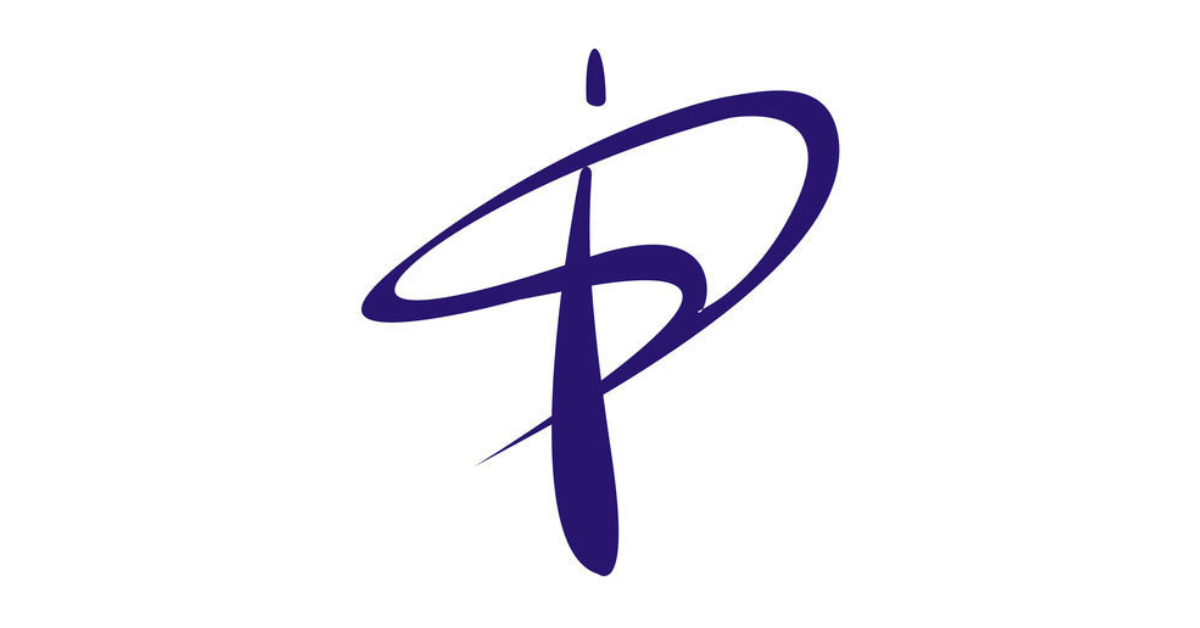
PISPL Team | November 8, 2022 | 892
You cannot cut corners with your video material if you want to reach a worldwide audience. You should never undervalue the significance of subtitle translation, especially when you are aiming for international audiences.
You can advertise your video material despite language difficulties in various parts of the world by translating the subtitles. You can reach your target audience quickly and effectively, convey your message, and inspire emotion.
Nevertheless, it is simpler to say than to translate your video material. To provide content nativity, you must not just translate the words; you must also pay attention to the cultural nuances. Of course, you’ll provide subtitles in their language so they can read along with the video material.
In addition, subtitling services create subtitles for videos, allowing you to translate your subtitles into a variety of languages, such as English, Spanish, French, German, Mandarin, Dutch, Portuguese, Russian, Italian, Japanese, Polish, and more.
Listed below are some of the difficulties you could run into when attempting to translate your video clip:
Word-to-word translation
Adapting subtitles precisely is not recommended, as it is with any translation. Almost always, a literal translation will be unintelligible. In the beginning, some words or expressions might make sense in one language but are entirely incorrect in another. Since the subtitles would be considered too long for the screen if they were translated word for word, it is also necessary to keep the wording as brief as possible.
Cutting back on words
There are many restrictions that linguists must follow while translating subtitles. The standard for translations is two lines of subtitles, with a maximum of 70 characters required for both lines. These rigorous guidelines necessitate careful translation, where some words must be sacrificed, and sentences must be fully reconstructed to maintain the same original content.
Observing time constraints
The minimum and maximum lengths of a subtitle are typically one and six seconds, respectively. Keeping to time constraints while translating goes hand in hand with cutting down on word count. To keep up with time constraints, linguists must make sure the language is succinct, concise, and rapid. They should precisely time their appearance to coincide with the speaker’s on-screen speaking. This can lead to a messy, embarrassing failure if done incorrectly, with the subtitles placed at an inappropriate moment and without matching the speaker.
Using the right vocabulary
The linguist needs to be familiar with the speech patterns of each speaker in the movie before beginning a subtitle translation. For instance, an elderly woman speaks differently to a young boy, and the Queen employs different language and expressions than a factory worker. To guarantee that you are appropriately expressing the speaker’s age, status, and personality, the appropriate language, words, and sentence structuring must be employed.
Absence of visual material
Sometimes we get subtitles without the accompanying visual material. We acknowledge this, yet some challenges arise. It is difficult to discern timing and spacing and identify speakers when there is no corresponding video or movie with the subtitle file. For a quality subtitle translation to be produced, the audio, visual, and subtitles must all work in perfect harmony with one another.
Conclusion:
Fun challenges are accompanied by subtitle translation. The viewers will become less interested in watching your film if you can’t overcome such obstacles. By boosting the subtitle translation quality, you can get the most out of your video material and draw in more foreign viewers. And also, speaking with qualified subtitling companies and with experience in subtitle translation, you can achieve that.
 Author
Author